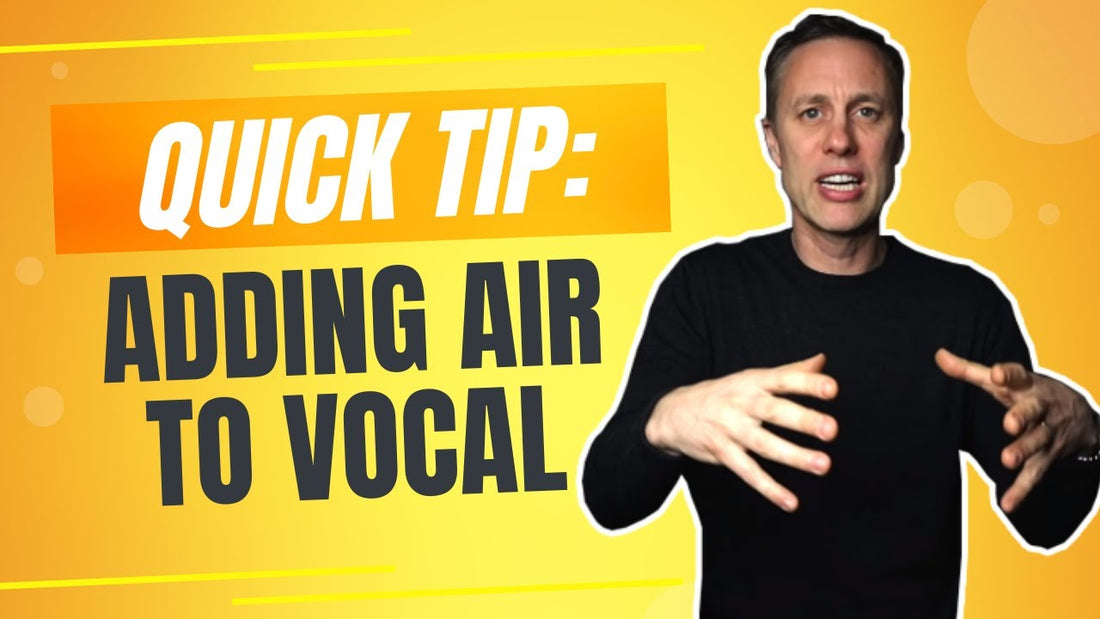
QUICK TIP: ADDING AIR TO VOCALS
Share
When you're working on a stereo mix, you haven't got the separate stems to be able to play around with things. So it can be quite tricky sometimes to delve in and open things up if there are issues. If you can't go back to the mix engineer and ask them to make changes, you need to be able to have some little EQ tricks to get in there and nail stuff.
So a quick tip today for you is to get some air in the vocals. The track is all sounding nice and bright, and if you brighten out too much more, then it's just going to sound hard and harsh. A lot of the times you want to leave the top end; get the low end right, and the top will stay nice and fresh. The thing with mastering is, when you start adding loads at the top, it just sounds kind of weak and cheap.
So to keep it nice and posh-sounding and not as bright and cheap, I suggest you go medium-Q and lift by half a dB around the 5,000 Hertz mark. What that does is it raises the vocal a little bit around the top end. It gives the illusion of air without actually having to add air to the top.
When people say "Oh, I've added air to the vocal," they usually mean that they've added, say, 20,000 Hertz shelf or even higher, which is going to bring up the air in the room. That's fine, but it's going to affect a lot of the instrumentation and the reverbs that are going on in the actual air of the track, which is 16,000 Hertz and above. So really, it's just a kind of little notch up around 5,000, that gives the vocal a little bit of air. And if you've got guitars in there, it gives them a little bit more snap and a little bit more bite without being too harsh.
The harshness is going to be happening around the three EQ mark, three and half-k mode, so you want to make sure your Q's right. Keep in mind that it's track-dependent: you need to listen to the track and to what you're doing. But notch it up half a dB, which does the job, gets the air in there, and gives it a little bit more life in the vocals without having to go back to stems.




